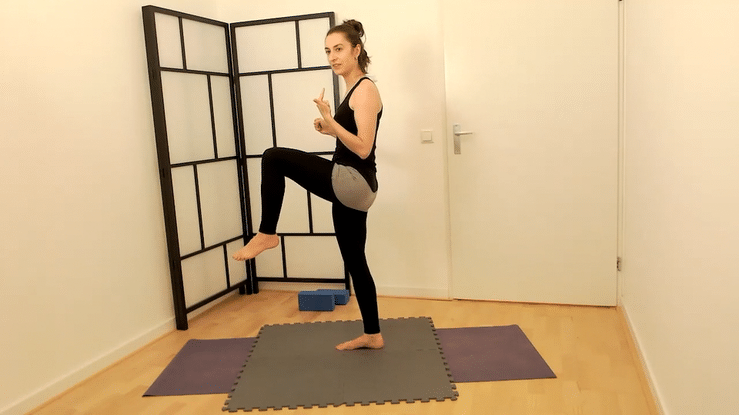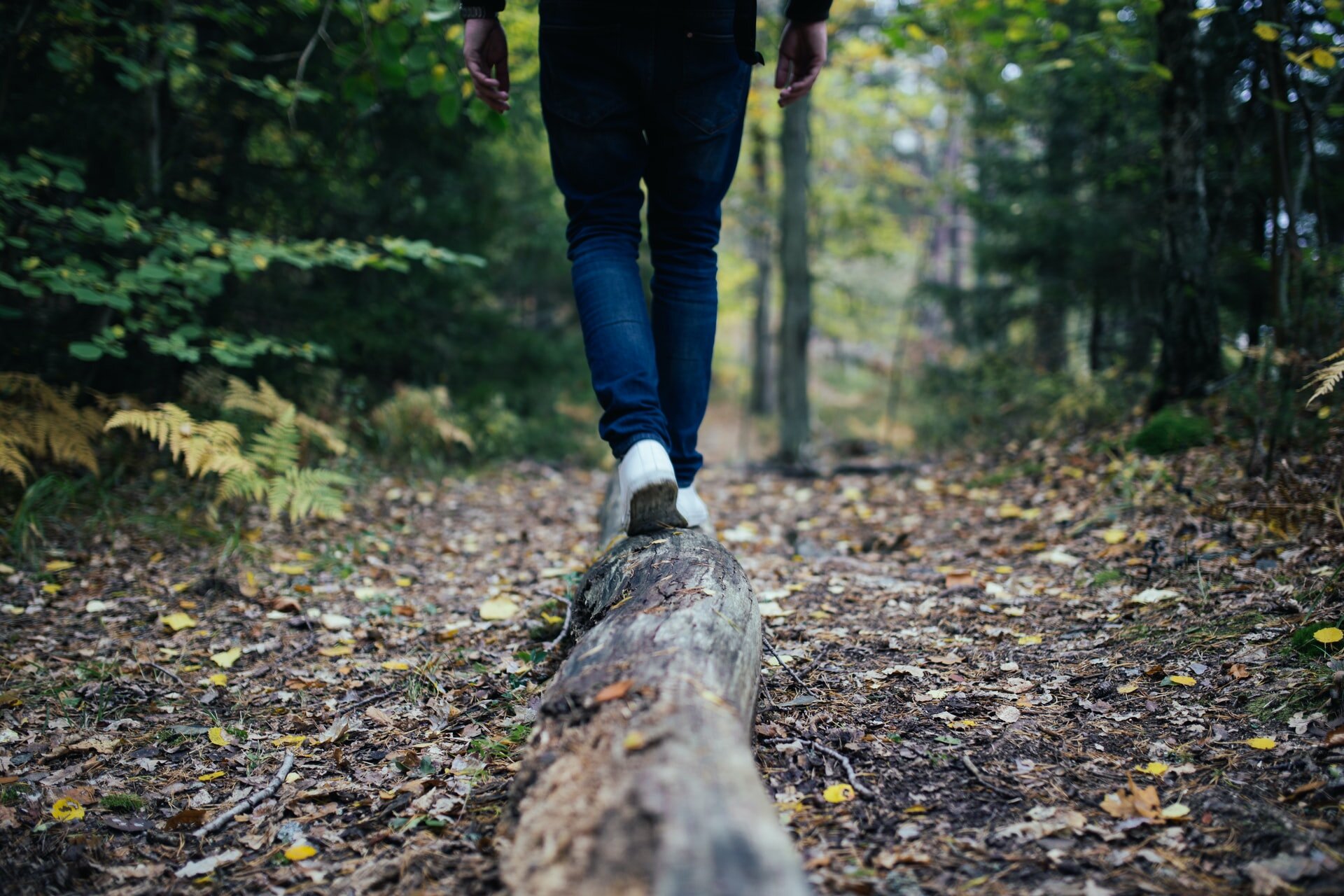A little anatomy knowledge can go a long way
I teach a lot of very smart people and yet, a lot of these people lack a basic understanding of how their bodies work.
Why? Because most of us weren’t taught this stuff. Only a small amount of human anatomy and physiology is taught at school; a little more is taught at upper secondary level if you opt to take a GCSE in PE, but — as someone who only really discovered that they could enjoy anything remotely sporty (let alone develop a ‘physical education’) until their mid-twenties — I certainly didn’t opt for one of those.
Anatomy can be a very dry topic with lots of complex and hard to remember names. But — having learned a lot about bodies and how they work — I also know that gaining knowledge about ourselves can go a long way, especially if it's relevant to who we are, the lives we lead, the activities we do, the ideas and beliefs we currently hold.
Knowing more about our body (the workings of its many muscles and joints, plus all the other amazing stuff it gets on with in the background) can help us make sense of how our body feels (and how we feel in our body).
If getting our nerd on wasn't reason enough, that knowledge can also save us time by helping us to make more informed choices about how we move.
Are your hamstrings a mystery?
It is very common for people to think about their hamstrings in terms of a feeling.
When I recently asked my class to define what the hamstrings were, their responses were general (both in sensation and in terms of location):
"That's easy. They're the things that hurt when I bend forward."
"They're the things at the top of the back of my thighs."
I would wager that every single yoga and movement teacher the world over has heard people talk more about their hamstrings than almost any other topic.
And yet, these words crop-up over and over again: tight, sore, stretch, more.
I think the hamstrings seem to feel like more of a problem because what they are and what they do remains a mystery to most people.




